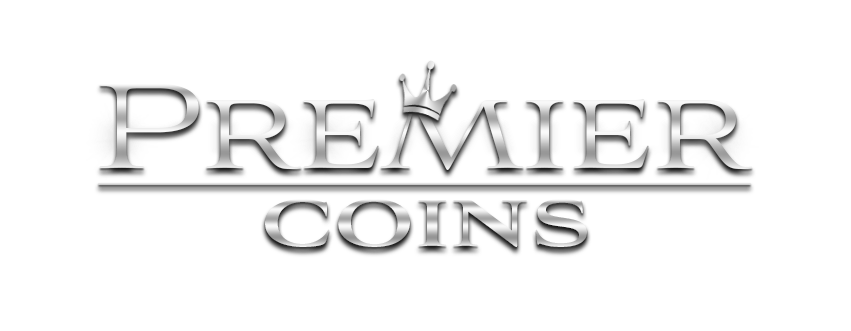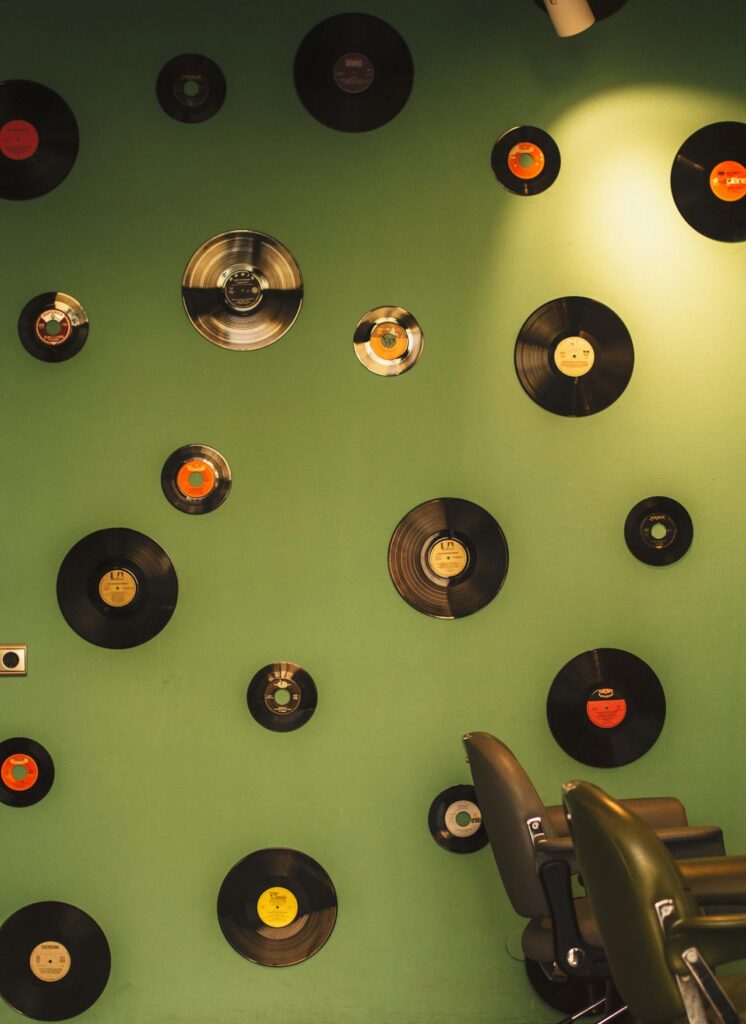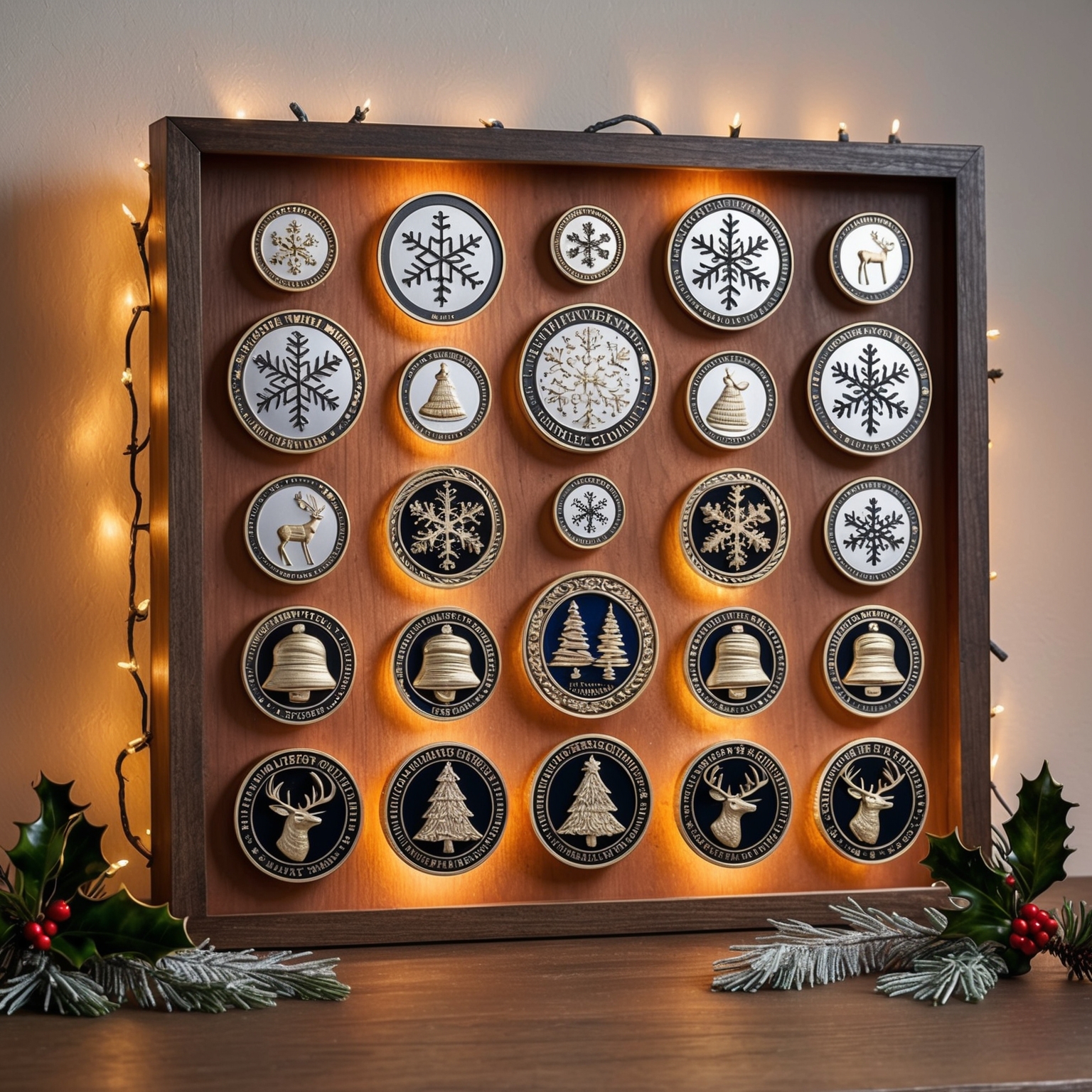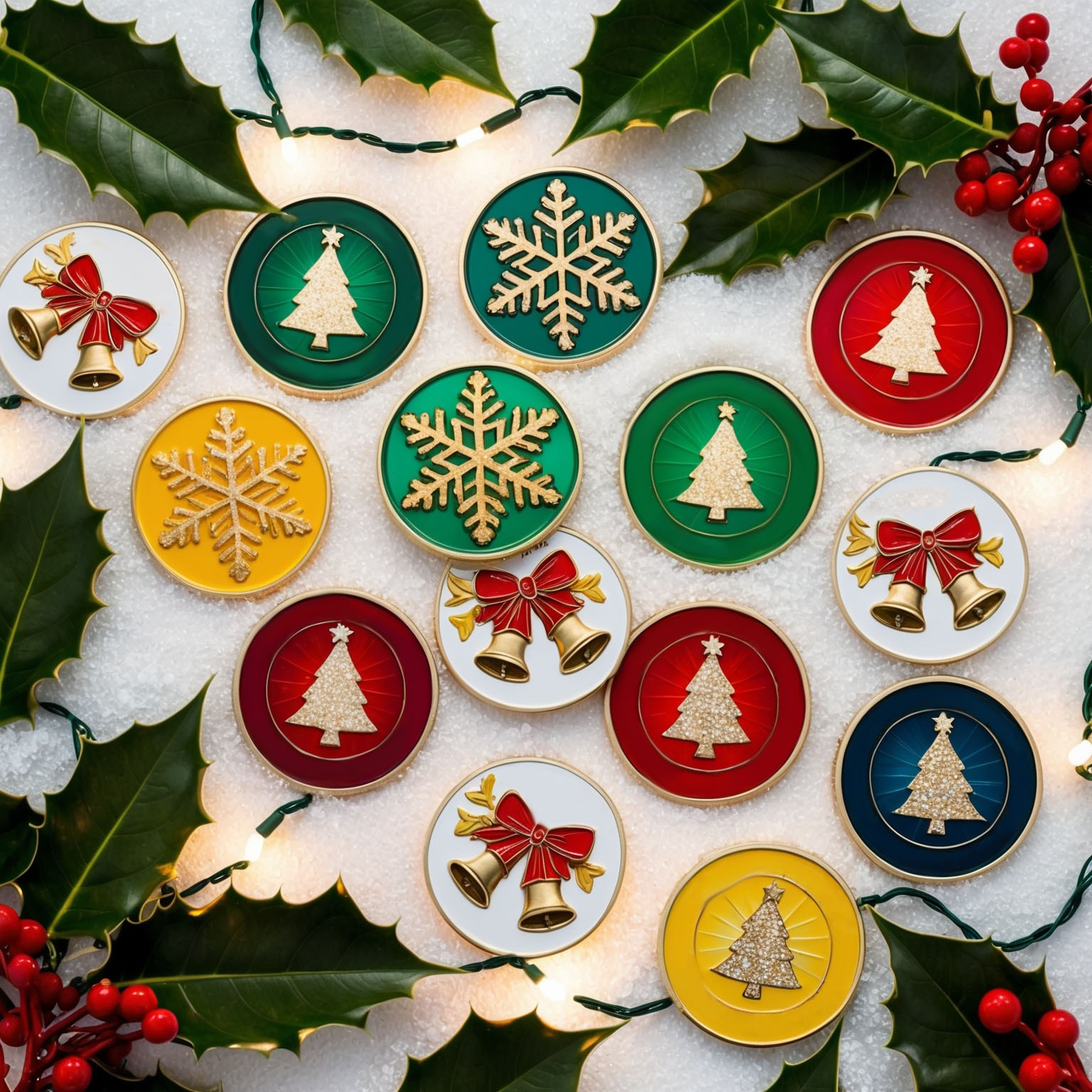Custom challenge coins are highly collectible items that carry significant sentimental and historical value. Whether you are a novice collector or an experienced numismatist, finding and acquiring unique custom challenge coins can be a thrilling endeavor. This article explores the world of custom challenge coins, offering insights into their history, how to identify rare coins, strategies for acquiring them, and tips for building and maintaining a valuable collection.
The History and Significance of Custom Challenge Coins
Origins in the Military
The tradition of challenge coins dates back to World War I, when an American lieutenant had bronze medallions struck for his unit, each bearing the squadron’s emblem. These coins became symbols of camaraderie and pride among soldiers. Over time, challenge coins became an integral part of military culture, used to recognize service, commemorate events, and foster a sense of unity.
Expansion Beyond the Military
The use of challenge coins expanded beyond the military to various sectors, including law enforcement, firefighting, emergency services, corporate organizations, and community groups. Today, challenge coins are used to honor achievements, celebrate milestones, and promote organizational values.
Custom Challenge Coins Today
Modern custom challenge coins are highly customizable, allowing organizations to create unique designs that reflect their identity and mission. These coins can feature intricate details, vibrant colors, and personalized elements, making them valuable collectibles for enthusiasts.
Identifying Unique Custom Challenge Coins
Understanding Rarity
Rarity is a key factor in determining the value of custom challenge coins. A coin’s rarity can be influenced by several factors, including its production run, historical significance, design complexity, and condition.
- Limited Production Runs: Coins produced in limited quantities are generally more valuable due to their scarcity.
- Historical Significance: Coins associated with significant events, milestones, or notable individuals tend to be more sought after.
- Design Complexity: Coins with intricate designs, unique features, or high-quality craftsmanship are often more desirable.
- Condition: Coins in mint or near-mint condition are more valuable than those with visible wear or damage.
Key Features of Unique Custom Challenge Coins
Identifying unique custom challenge coins involves examining various features that set them apart from more common coins:
- Design and Artwork: Look for coins with detailed and intricate designs, high-quality artwork, and unique visual elements. Coins that showcase exceptional craftsmanship are often more valuable.
- Material and Finish: Coins made from high-quality materials, such as brass, bronze, or silver, and those with special finishes, like antique, polished, or enamel, are typically more desirable.
- Personalization: Personalized elements, such as engraved names, dates, or custom inscriptions, add uniqueness and value to a coin.
- Historical and Cultural Context: Coins that represent significant historical events, cultural symbols, or organizational milestones are highly prized by collectors.
Researching Provenance and Authenticity
To ensure the authenticity and value of a custom challenge coin, it’s important to research its provenance and verify its legitimacy:
- Documentation: Seek out coins with accompanying documentation, such as certificates of authenticity, production records, or historical information.
- Reputable Sources: Purchase coins from reputable dealers, auction houses, or trusted collectors to minimize the risk of acquiring counterfeit or misrepresented items.
- Expert Appraisal: Consider obtaining an expert appraisal for high-value or rare coins to verify their authenticity and assess their market value.
Strategies for Acquiring Unique Custom Challenge Coins
Exploring Different Acquisition Channels
There are various channels through which collectors can acquire unique custom challenge coins:
- Coin Shows and Conventions: Attend coin shows, conventions, and expos where dealers and collectors gather to buy, sell, and trade coins. These events provide opportunities to discover rare finds and network with other enthusiasts.
- Online Marketplaces: Utilize online marketplaces, such as eBay, Etsy, and specialized coin trading platforms, to browse and purchase custom challenge coins. Be sure to check seller reviews and ratings to ensure a positive buying experience.
- Auctions: Participate in live or online auctions hosted by reputable auction houses. Auctions can offer access to rare and valuable coins that may not be available through other channels.
- Direct from Organizations: Some organizations, such as military units, law enforcement agencies, or corporate entities, may sell or distribute their challenge coins directly to the public. Contacting these organizations can yield unique opportunities to acquire coins with significant provenance.
Building Relationships with Collectors and Dealers
Establishing relationships with fellow collectors and reputable dealers is crucial for building a valuable coin collection:
- Networking: Join coin collecting clubs, forums, and online communities to connect with other collectors and share information about rare finds, acquisition tips, and market trends.
- Reputable Dealers: Build relationships with reputable dealers who specialize in custom challenge coins. They can provide valuable insights, offer rare coins for sale, and assist with authentication and appraisal.
- Mentorship: Seek mentorship from experienced collectors who can offer guidance on building and maintaining a collection, identifying valuable coins, and navigating the market.
Negotiating and Purchasing
When negotiating and purchasing custom challenge coins, consider the following tips to ensure a fair and successful transaction:
- Set a Budget: Determine your budget before entering negotiations to avoid overspending. Be aware of the market value of the coins you are interested in to make informed offers.
- Assess Condition: Carefully assess the condition of the coin, considering factors such as wear, damage, and any previous restoration. Coins in better condition generally command higher prices.
- Negotiate Fairly: Engage in fair and respectful negotiations with sellers. Be prepared to compromise and find mutually agreeable terms.
- Secure Payment: Use secure payment methods, such as PayPal, credit cards, or escrow services, to protect your financial information and ensure a safe transaction.
Building and Maintaining a Valuable Collection
Curating Your Collection
Curating a valuable collection of custom challenge coins involves thoughtful planning and organization:
- Define Your Focus: Determine the focus of your collection, such as specific themes, organizations, historical periods, or design features. This helps guide your acquisition efforts and create a cohesive collection.
- Research and Documentation: Research the history and significance of each coin in your collection. Document details such as provenance, acquisition date, and any notable features or stories associated with the coin.
- Display and Storage: Invest in high-quality display cases and storage solutions to protect and showcase your coins. Consider factors such as material, size, and UV protection when selecting display options.
Preserving the Condition of Your Coins
Proper care and preservation are essential for maintaining the condition and value of your custom challenge coins:
- Handling: Handle coins with clean hands or wear cotton gloves to prevent oils and dirt from causing tarnish or damage. Avoid touching the face of the coin; instead, handle it by the edges.
- Cleaning: Clean coins gently using a soft, lint-free cloth. Avoid abrasive materials and harsh chemicals that can scratch or damage the coin’s surface. For more thorough cleaning, use mild soapy water and rinse with clean water before drying with a soft cloth.
- Storage: Store coins in individual protective holders, such as plastic capsules or flips, to shield them from physical damage and environmental exposure. Keep coins in a cool, dry place with stable temperature and humidity levels.
Enhancing the Value of Your Collection
Enhancing the value of your collection involves strategic acquisitions, proper documentation, and engaging with the collector community:
- Strategic Acquisitions: Focus on acquiring rare and high-quality coins that align with your collection’s focus. Look for opportunities to purchase coins at auctions, coin shows, or through reputable dealers.
- Documentation and Provenance: Maintain detailed records of each coin in your collection, including provenance, historical context, and any accompanying documentation. This adds value and credibility to your collection.
- Engagement: Engage with the collector community through clubs, forums, and social media. Share your collection, seek advice, and stay informed about market trends and rare finds.
The Role of Technology in Coin Collecting
Digital Catalogs and Databases
Utilizing digital catalogs and databases can streamline the organization and management of your coin collection:
- Digital Catalogs: Create a digital catalog of your collection using software or apps designed for collectors. Include high-quality photographs, detailed descriptions, and provenance information for each coin.
- Online Databases: Access online databases and resources to research the history, value, and significance of your coins. These databases can provide valuable insights and help verify the authenticity of your acquisitions.
Virtual Exhibits and Displays
Virtual exhibits and displays offer innovative ways to showcase your coin collection to a broader audience:
- Virtual Tours: Create virtual tours of your collection using digital photography or video. Share these tours on social media, collector forums, or your personal website to engage with fellow enthusiasts.
- Interactive Displays: Use interactive displays, such as touch screens or digital photo frames, to present detailed information and high-resolution images of your coins. This enhances the viewing experience and provides valuable context for each coin.
Online Marketplaces and Auctions
Online marketplaces and auctions provide convenient platforms for buying, selling, and trading custom challenge coins:
- Marketplaces: Utilize online marketplaces like eBay, Etsy, and specialized coin trading platforms to browse and purchase coins. Be sure to verify the reputation of sellers and review their ratings and feedback.
- Auctions: Participate in online auctions hosted by reputable auction houses. Auctions offer access to rare and valuable coins and provide opportunities to acquire unique pieces for your collection.
Common Pitfalls and How to Avoid Them
Buying Counterfeit Coins
Counterfeit coins are a significant risk in the world of collecting. Here’s how to avoid them:
- Buy from Reputable Sources: Purchase coins from reputable dealers, auction houses, and verified sellers to minimize the risk of counterfeits.
- Learn the Signs: Educate yourself on the signs of counterfeit coins, such as incorrect weight, poor craftsmanship, and inaccuracies in design details.
- Get Expert Opinions: Seek expert opinions and appraisals for high-value or rare coins to verify their authenticity.
Overpaying for Coins
Avoid overpaying for custom challenge coins by being well-informed about their market value:
- Research Market Prices: Research market prices for similar coins to understand their value and set a reasonable budget.
- Compare Offers: Compare offers from multiple sellers to ensure you are getting a fair price.
- Negotiate: Be willing to negotiate with sellers to reach a mutually agreeable price.
Neglecting Preservation
Neglecting the preservation of your coins can lead to damage and devaluation. Follow these tips to preserve your collection:
- Proper Handling: Handle coins with care to avoid scratches, tarnishing, and other damage.
- Correct Storage: Store coins in protective holders and in a controlled environment to prevent exposure to harmful elements.
- Regular Maintenance: Regularly inspect and clean your coins to maintain their condition and value.
Conclusion
Custom challenge coins are cherished collectibles that offer a unique blend of historical significance, personal value, and aesthetic appeal. Identifying and acquiring rare and unique custom challenge coins requires knowledge, strategy, and a passion for collecting. By understanding the features that make a coin unique, utilizing various acquisition channels, building relationships within the collector community, and maintaining proper preservation techniques, you can build a valuable and meaningful collection.
Engaging with the collector community, leveraging technology, and staying informed about market trends will enhance your collecting experience and help you acquire rare finds. Whether you are honoring achievements, celebrating milestones, or preserving history, custom challenge coins are a meaningful way to mark significant moments and build a legacy.
If you are interested in purchasing high-quality custom challenge coins you can call us at 877-885-2497 or fill out one of our FREE QUOTE FORMS.



